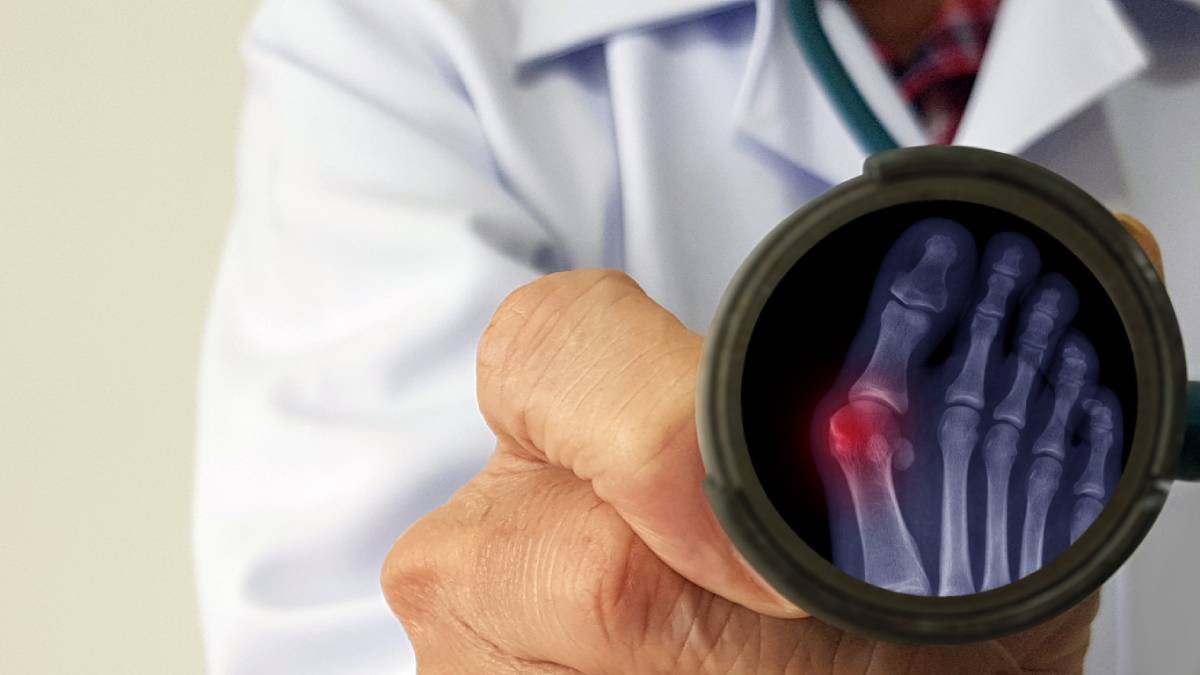Bunions are abnormalities in your foot bones that cause your big toe to lean toward your second toe. It is at a clear angle versus staying straight like the rest of your toes. The angle creates a bump that can be seen on your big toe, also known as a “bunion.” In the beginning stages you may not feel pain, but untreated bunions become painful and can ultimately cause deformities in your toe. But, why do bunions hurt so much?
Why Do Bunions Hurt So Much?
Bunion pain is often triggered by wearing poorly-fitted shoes, especially with a narrow toe area. This is because the narrow toe area forces your big toe to turn inward. Because more shoes are not made to accommodate bunions, the protrusion becomes inflamed and is painful.
The protrusion is a fluid-filled sac that can become really tender as the issue progresses. Those with bunions cannot wear certain footwear as the pain can make it impossible. Shoes that are tight with closed-toed with narrow tips will exacerbate the issue and cause serious pain. Even in the most supportive footwear, bunions can be extremely painful.
Risk Factors and Causes of Bunions
Many women are impacted by bunions due to certain types of shoes. High heels can make you more susceptible to bunions as they have a narrow toe box. They also place extra pressure on your toes as your weight is shifted forward. The excess pressure on your toes can cause a bunion and exacerbate the issue if you have already developed one. Bunions often form due to an inherited foot structure that places you at a higher risk for the condition, such as having flat feet.
Symptoms of Bunions
You will likely notice the bump on your toe if you have bunions as it is obvious. However, you may not notice how severe it is in the beginning stages. Below are some of the common symptoms of bunions which indicate that it’s time to contact a podiatrist.
- Calluses on your second toe
- Difficulty moving your big toe around
- Inflamed, red skin on the inside area of your big toe
- Inability to find shoes that fit you comfortably (due to the size, shape, and angle of your big toe)
- Decreased flexibility in your big toe
- Thick skin on the bottom of your big toe
- Foot pain that comes and goes (or is persistent)
If you experience any of the symptoms of bunions or notice a large lump on or near the joint of your big toe, professional treatment is likely necessary. Finding a skilled and experienced podiatrist can help get you back on track and relieve your bunion-related pain.
Bunion Treatment
Depending on the severity of your bunions, there are a number of treatment options. Some are surgical and non-surgical so it’s important to talk with a specialist in podiatry in Camarillo. Some non-surgical options include wearing over-the-counter arch support, taking over-the-counter pain medication to manage your symptoms, or using physician’s tape to get your toe into a normal position. You also need to wear shoes that have padded soles and have ample room for your toes.
For those who have bunions that have developed over a substantial period and are highly painful, bunion removal is likely necessary. Bunion removal specialists can effectively treat your bunions and relieve your pain. Untreated bunions can cause serious lifelong issues if not taken care of, including chronic toe and foot pain, and permanent deformities in your feet or toes. Bunion removal can help reduce your pain and preserve your foot structure. If you have bunions and need treatment, contact the team at Foot & Ankle Concepts. They are skilled in treating bunions and have helped countless patients recover from the condition.


